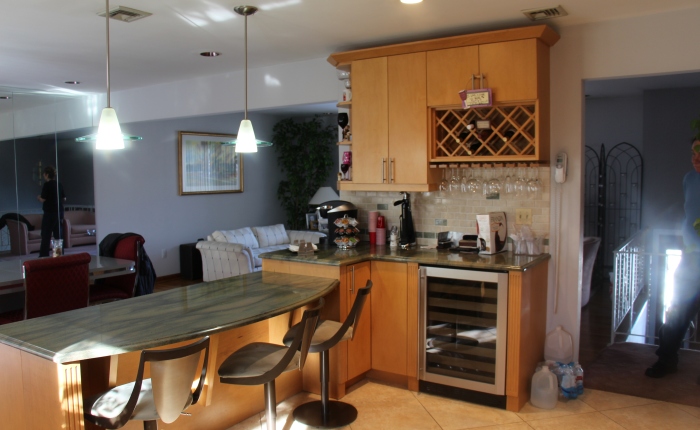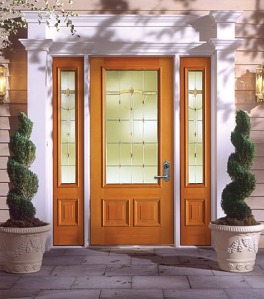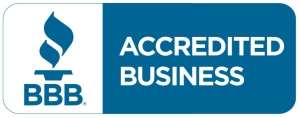Renovating?
Here are some ideas to keep your budget in line with your dream remodel…
Set aside EXTRA money. It’s almost impossible to prepare for every surprise. Once a wall is opened, an old sink is removed, etc. you often find that there are unexpected extras. Try either choosing finish items below your budget and choose up if you have the extra OR set aside about 20% extra funds in preparation.
Its TRUE! Measure Twice – Cut Once
Make sure EVERYTHING fits before you install…Refrigerators, cabinets, islands, tables, chairs, appliances, etc.
Be Open to a Change in Layout
You might find that a small change will make your kitchen or bathroom easier to navigate with better appeal. The cost might surprise you.
Classic Lasts
How long would you like to enjoy your remodel? Remember that the budget you create will need to increase in years to come, so, keep that in mind when adding the cool new gadget or trendy design. If you are planning to re-sell or don’t have the funds to remodel when the trend has passed, you might be disappointed.
Ask for the ‘little things’
Ask your contractor about any safety add-ons that will make your renovation last longer.
Order Extras of Items that May be Discontinued
Consider ordering extra flooring, backsplashes, fabric, etc. to be prepared for any repairs down the road.
Lastly, HIRE INSURED AND LICENSED CONTRACTORS! Protect yourself and your project.
Don’t be afraid to ask “what is your license number?” (you can look it up to confirm if its current.
Ask “may I have a certificate of insurance naming me as additional insured?”
hmma@hmmainc.com 201-943-3331 13VH01459100








